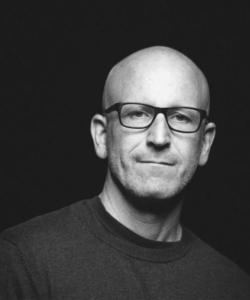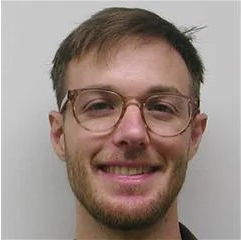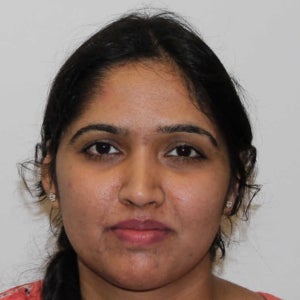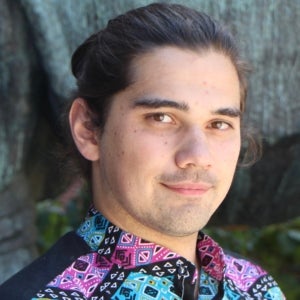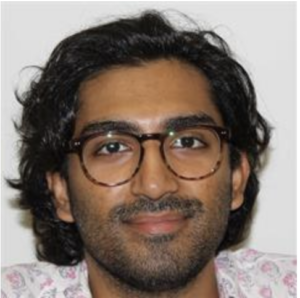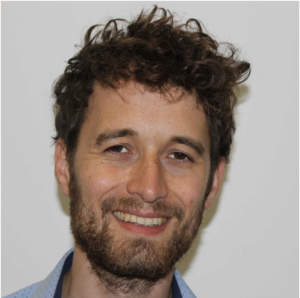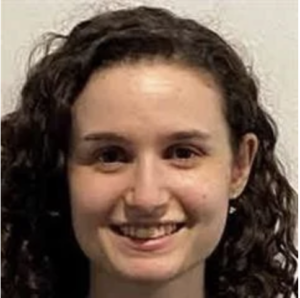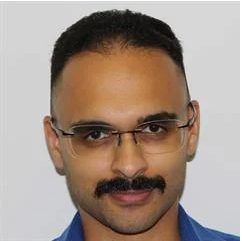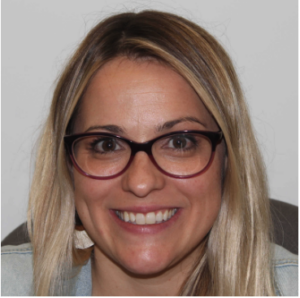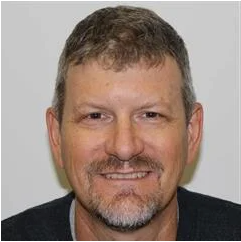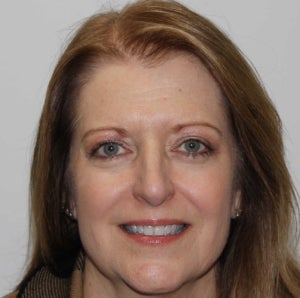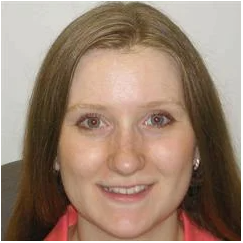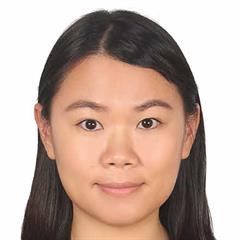Tony Zador
Principal Investigator
I have been on the faculty at Cold Spring Harbor Laboratory since 1999, serving as Chair from 2008-2018. As a graduate student at Yale, I trained in theoretical neuroscience and neural networks. During this time collaborated with Christof Koch, who was then at Caltech. Along the way I also obtained an MD degree, from Yale. I then did postdoctoral work on synaptic physiology with Chuck Stevens at the Salk Institute.
When I came to CSHL I decided to study sensory processing and decision-making in rodents. At that time no one had yet developed a rodent behavior comparable to the classic two-alternative choice paradigms used to study decision making in nonhuman primates. Therefore, in collaboration with my close (former) colleague Zach Mainen, we set out to develop such a paradigm. This paradigm is now used by many labs to study sensory processing and decision making in rodents, and has emerged as a well-established alternative to traditional primate studies.
Around 2010 I embarked upon a new line of research: Barcoding neurons, to enable us to use high-throughput sequencing technology to readout the brain’s wiring diagram. We are now using these tools to understand circuits in the auditory cortex and elsewhere.
As a postdoc I also organized a series of workshops on Neural Information and Coding. I then broadened the scope of these and founded the annual Computational and Systems Neuroscience (COSYNE) meeting, which now draws over 900 participants, and is arguably the leading meeting on theoretical and systems neuroscience. I am also a founder of NAIsys (https://meetings.cshl.edu/meetings.aspx?meet=NEUROAI&year=20), a meeting at the intersection of AI and neuroscience.
Huiqing Zhan
Research Investigator
Director, MAPseq Core Facility
National University of Singapore, PhD. Molecular and Cellular Biology
In addition to running the MAPseq Core Facility I work on mapping synaptic connectivity in situ by PLA (proximity Ligation Assay). I have been trying to combine the PLA technique with BARseq to identify the synaptic connectivity between neurons.
Gilbert Henry
Research Investigator
Ari Benjamin
Postdoctoral Fellow
Neha Goswami
Postdoctoral Fellow
University of Illinois at Urbana-Champaign, PhD. Bioengineering
My research interests span optics, computational imaging, machine learning, and advanced data analytics. I focus on developing multimodal, machine-learning-driven methods to better understand the structure, function, and organization of single cells in health and disease. By integrating these approaches, I aim to contribute to a deeper understanding of the cellular basis of the brain’s decision making process.
Stan Kerstjens
Post Doc Computational
The nature of organismal organization, and the developmental processes which bring it into being, have been classic questions of biology*. The holistic operation, development, and evolution of the organism is supported by a precise organization among its many cells. However, this multicellular aggregate ultimately arises from a single cell, whose genomic program is copied throughout its progeny. How does the holistic organism emerge from a collective of differentiated cells that share this mitotically distributed program? And, what is the nature of a program that can control such self-replicating construction?
*paraphrased from Waddington’s “The Strategy of the Genes”
Li Yuan
Post Doc
University of Nebraska, Ph.D.
I am working on developing axonal BARseq techniques. By improving the sensitivity of BARseq I hope to sequence axonal terminals in cortical and subcortical structures.
Kyle Daruwalla
NeuroAI Scholar
Christian Gerno Pehle
NeuroAI Scholar
Emily Isko
Graduate Student CSHL SBS
I am interested in studying how the evolution of neural circuits shapes species’ behavior. Co-advised by Dr. Banerjee and Dr. Zador, I use technology developed in the Zador Lab to characterize connectomic differences in lab and singing mice. Our goal is to find differences in the species’ neural circuits that can explain the difference in the species’ vocal behaviors.
I received my B.A. in Neuroscience and Music from Amherst College in 2018, where I used electrophysiology to record from single neurons in the lateral line system of larval zebrafish. I then spent 2 years in the lab of Dr. Charles Venditti at the National Human Genome Research Institute (NHGRI) at NIH studying how gut microbes contribute to the development of the genetic, metabolic disease, Methylmalonic Acidemia. In 2020, I joined CSHL as a grad student in the CSHL School of Biological Sciences. I am an active member of CSHL’s Women in Science and Engineering (WiSE) group, and play clarinet with other scientist-musicians on campus.
Hrishikesh Deshpande
Research Associate/Laboratory Manager
Renae Gallucio
Research Technician IV
John Hover
Computational Science Developer III
Karen Kontos
Senior Scientific Administrator
Diana Ravens
Senior Research Associate
Yi-Chen Wu
Research Associate
Faculty Alumni
Follow the links to learn more about faculty positions and projects of the Zador Lab Alumni.
Cristian Soitu (postdoc) – University of Oxford, Oxford (2024)
Dennis Maharjan 9grad student) – Allen Institute, Seattle (2024)
Xiaoyin Chen (postdoc) – Allen Institute, Seattle (2021)
Longwen Huang (postdoc) – Institute of Biophysics – Chinese Academy of Sciences, Beijing (2021)
Akihio Funamizu (postdoc) — University of Tokyo Institute for Quantitative Biosciences (2020)
Alexander Vaughan (scientific project manager) — Pymetrics, Chief Science Officer
Petr Znamenskiy (grad student) — Crick Institute, England (2020)
Justus Kebschull (grad student) — Johns Hopkins (2020)
Mike Deweese (postdoc) — U.C. Berkeley
Qiaojie Xiong (postdoc) — Stony Brook
Yang Yang (grad student) — Shanghai Tech
Simon Rumpel (postdoc) — University of Mainz, Germany
Gonzalo Otazu (postdoc) — NY Institute of Technology
Tomas Hromadka (grad student) — Slovak Academy of Sciences
Marta Moita (postdoc) — Champalimaud, Portugal
Susana Lima (postdoc) — Champalimaud, Portugal
Hysell Oviedo (postdoc) — CUNY
Hiro Asari (grad student) — EMBO, Rome
Santiao Jaramillo (postdoc) — U of Oregon, Eugene
Mike Wehr (postdoc) — U of Oregon, Eugene

